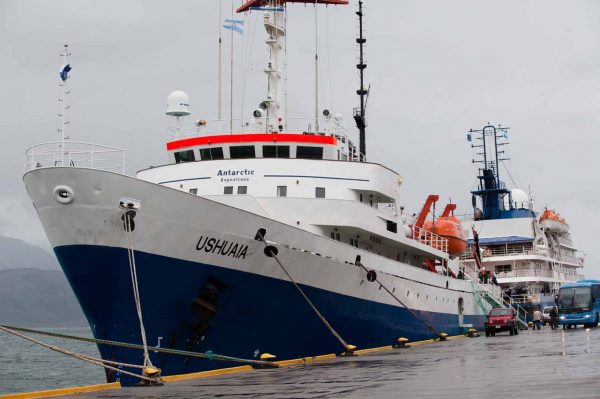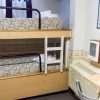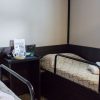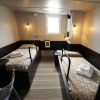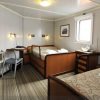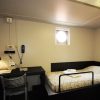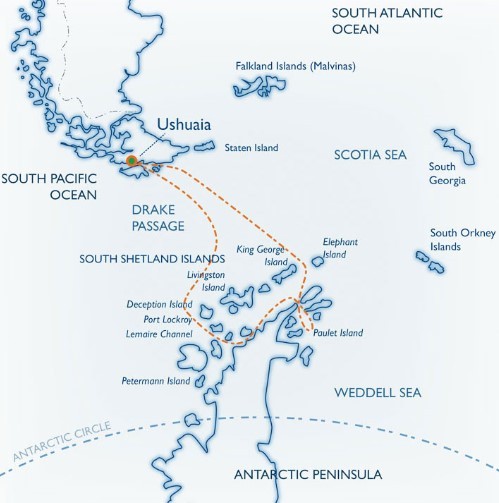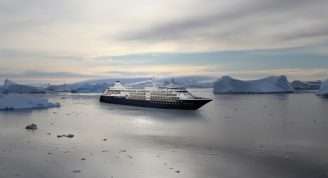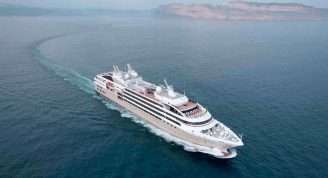Description
Expedition cruise to the Antarctic Peninsula, the South Shetland Islands & the Weddell Sea.
Aboard the USHUAIA
Trip Name
Weddell Sea Quest aboard Ushuaia
Days
11
Overview
Vessel Type: Expedition
Length: 84.73 metres
Passenger Capacity: 90
Built: 1970
Originally built for the United States agency NOAA (National Oceanic & Atmospheric Administration), the ice-strengthened polar vessel USHUAIA is very well appointed and provides ample deck space and an open bridge policy. The full complement of inflatable landing craft ensures superb landings and wildlife viewing opportunities on the otherwise inaccessible coastline.
All cabins include ample storage space. Public areas feature a large dining room (one sitting), an open-plan observation lounge / lecture room with modern multimedia equipment, bar and a well-stocked library. There is also a changing room and a small infirmary. Our expert captain, officers and crew are highly experienced in Antarctic navigation and have a great love of nature. We provide a specialist team of international expedition leaders and lecturers, all extremely knowledgeable, enthusiastic, helpful and dedicated to the protection of the environment. Our chefs prepare excellent cuisine including many local specialties and the bar is well-stocked with carefully selected wines and spirits.
Facilities
FOUR DECKS - DINING ROOM (ONE OPEN SEATING) - OBSERVATION LOUNGE / LECTURE ROOM, BAR & LIBRARY - PANORAMA DECK - GIFT SHOP - INFIRMARY - ZODIACS


